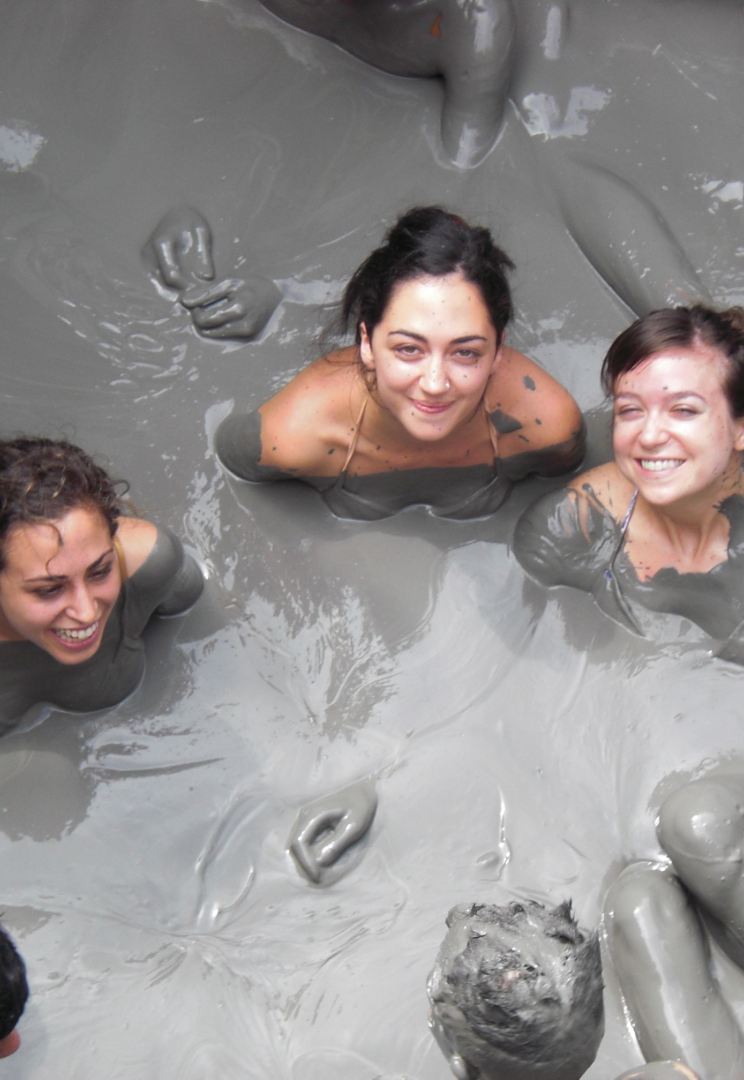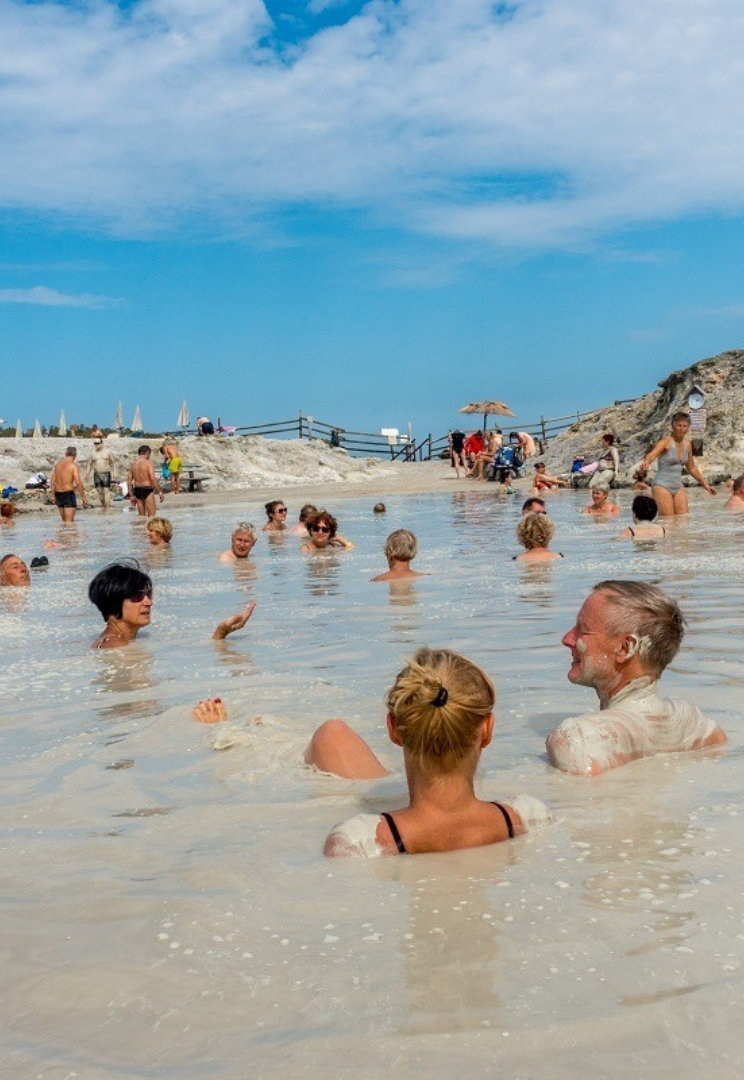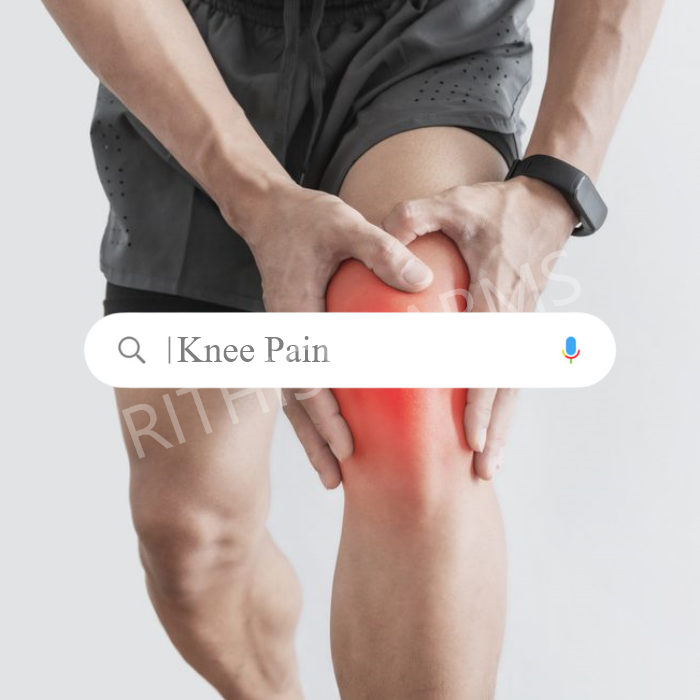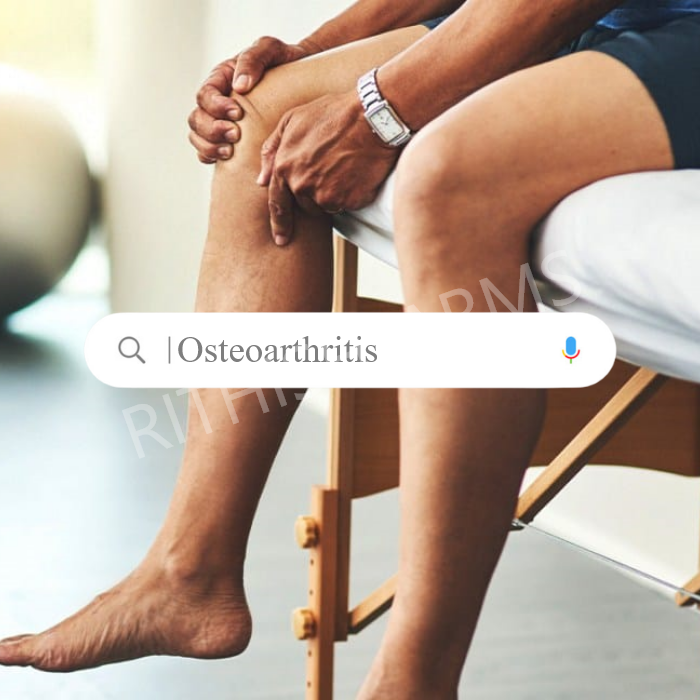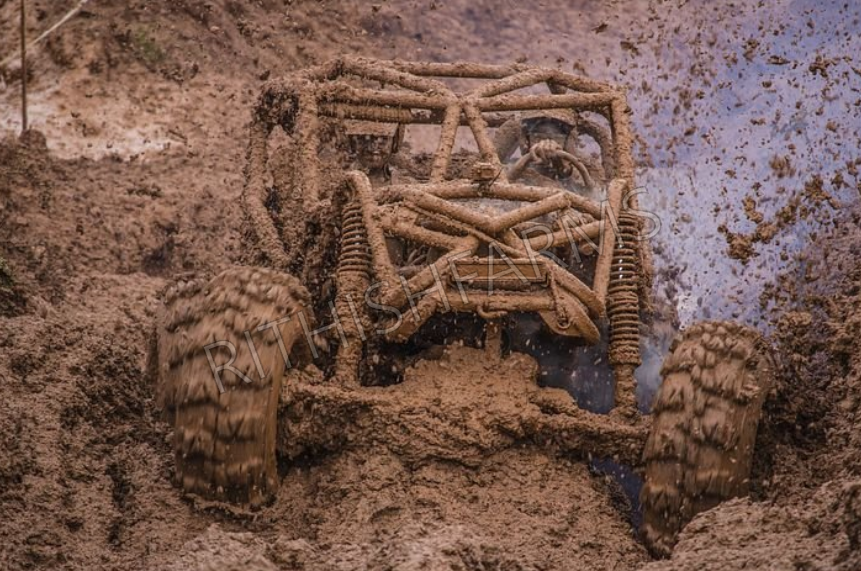
MUD BATH
What Is MUD ? :
Mud is a combination of inorganic and organic debris with water that has undergone geological and biological processes under the influence of many physicochemical factors, according to a widely recognized definition.

Mud is a combination of inorganic and organic debris with water that has undergone geological and biological processes under the influence of many physicochemical factors, according to a widely recognized definition.
1. ADVENTURE
2. PAIN RELIEF
3. BODY STRESS RELIEF
4. RELAXATION
5. NATURAL DETOX
6. SKIN SOFTENER
7. CIRCULATION
8. BALANCE PH LEVELS
9. CALM THE MIND
10. IT'S HYGIENIC

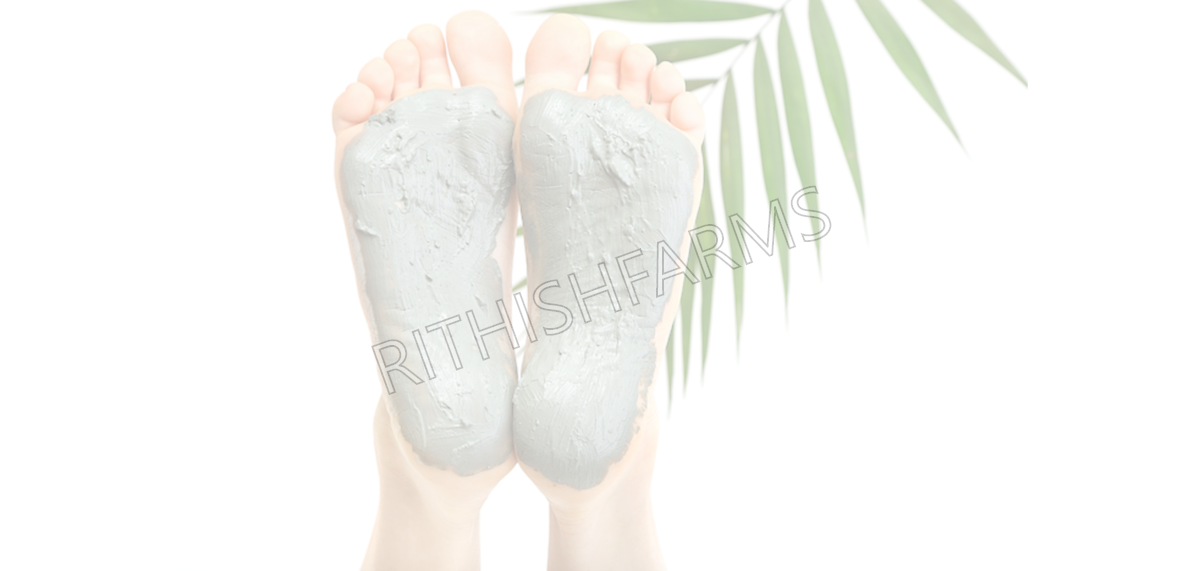
1. Temperature: Keep in mind that the mud will likely be kept between 100 to 104 degrees F, which is about the temperature of a hot tub. This helps to invigorate circulation in the body.
2. Clothes: Depending on the location, you may be asked to remove your clothing. The mud is supposed to stick to the body to help remove the toxins by drawing them out through your lymph nodes and the pores on your skin. The more exposed you are, the better. However, if you don’t wish to go in naked, it’s completely acceptable to wear a bathing suit or a pair of T-shirt and shorts, underwear that you can discard afterwards.
3. Going In: You have to gently immerse yourself in the mud because it may take a while to adjust to the temperature. If you are at a mud bath spa, you can take the help of the spa attendant to make sure you’re comfortable. And if you are out in nature, don’t worry, you will not sink. Your body will be completely suspended in the mixture and you’ll feel as though you’re floating. This is one of the reasons why mud therapy helps to soothe or relax the body. Wherever you are, remember you have to submerge yourself, the mud should cover your entire body, and come up to your chin.
4. Avoid Eyes And Mouth: If you are at a mud bath spa, you can ask the attendants about the kind of mud used and the number of times it has been changed for hygiene reasons. And if you are by a sea or lake and the mud is not deep enough to immerse yourself in, pick up generous handfuls of mud and smear it across your exposed skin but avoid your eyes and mouth. Observe how others around you are rubbing mud on themselves, and follow suit. Lay out in the sun after applying the mud, allowing it to dry on your skin and allow easier removal.
5. Time Honoured Treatment: If you are not immersed, but have chosen to coat your body with mud instead, you should still limit your time to about 15-30 minutes. If you’re by a lake or in a remote location, you’ll still need to keep track of the time yourself.
6. Rinsing: Don’t stress if you don’t have access to soap; a thorough rinse will remove all the mud from your body. However, do resume a normal shower schedule following the mud bath. And if you are having multiple treatments at the spa, take the mud bath before the massage.
7. Smell: Keep in mind that mud’s essential minerals often have a high sulfur content which is why the mud might be a little smelly.
8. Limitations On People With Medical Conditions: Pregnant women or anyone with high or low blood pressure, a heart condition, skin infection or broken skin (including rashes such as eczema or psoriasis), or heat sensitivity will need to consult a doctor before undertaking any mud treatment.

